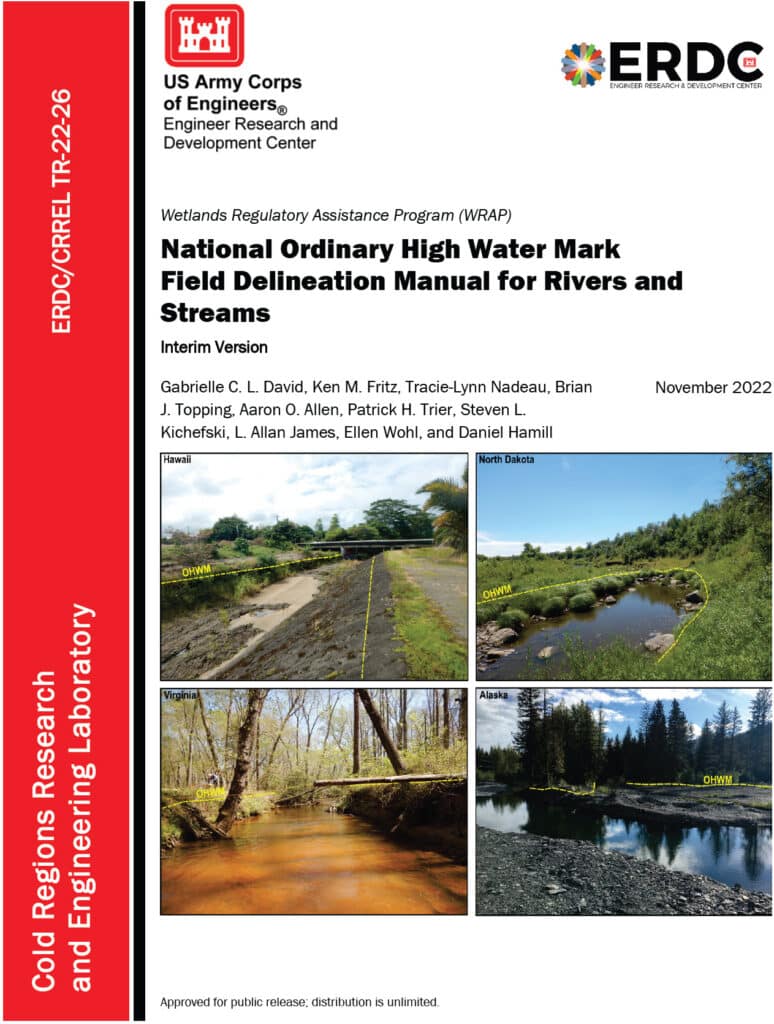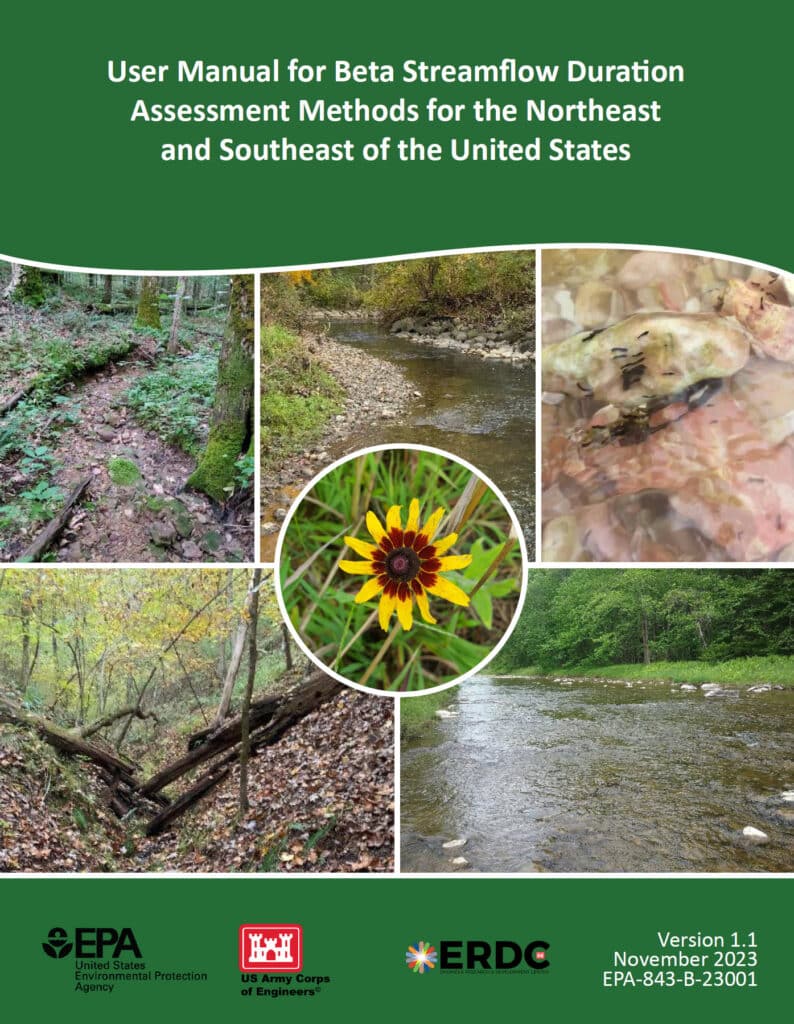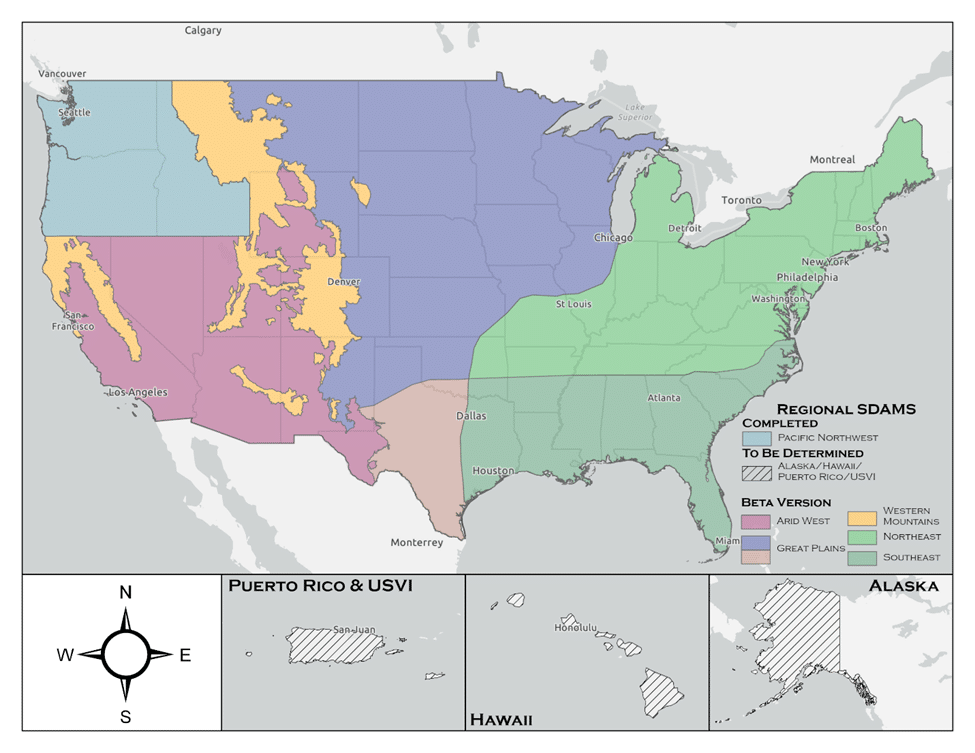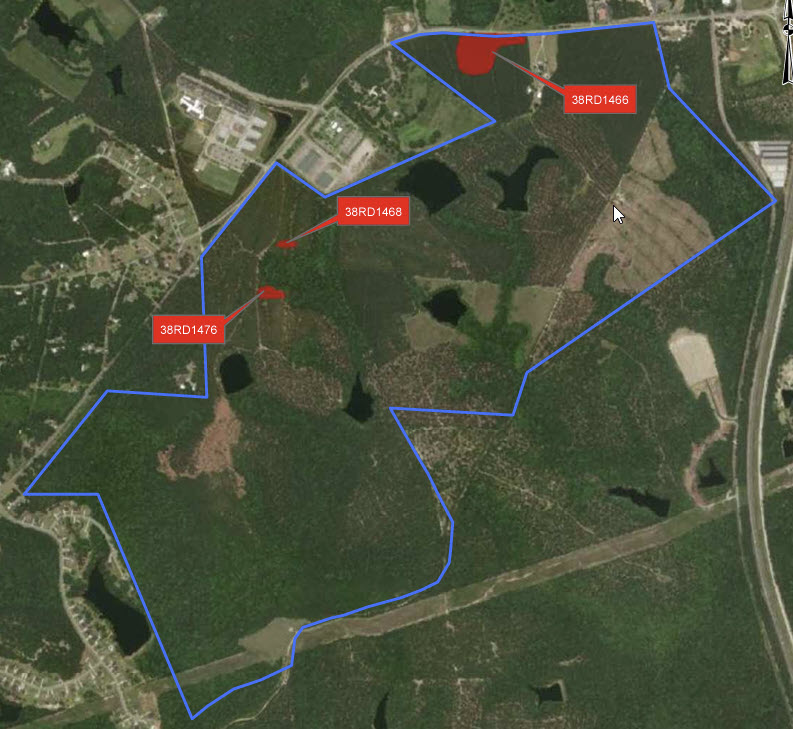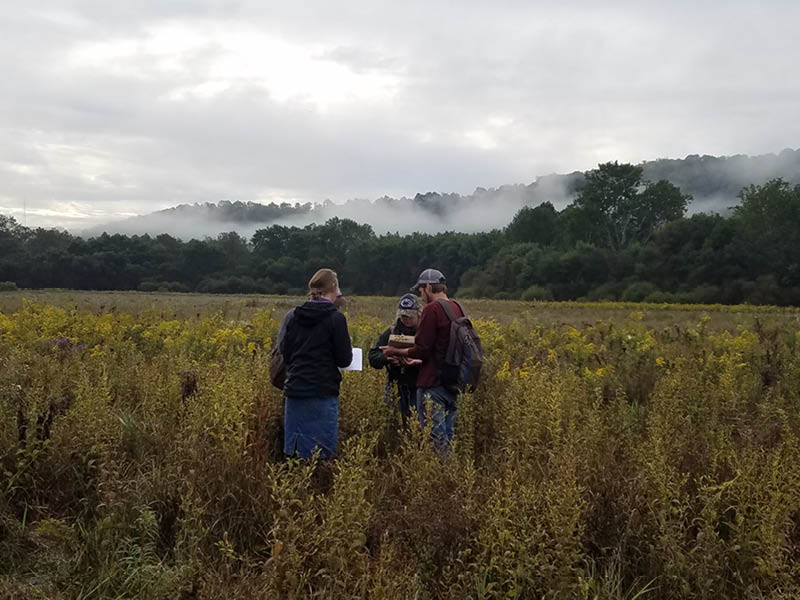
Background
The U.S. Environmental Protection Agency (EPA) and the Office of the Assistant Secretary of the Army for Civil Works (OASACW) recently issued a joint memorandum addressing the jurisdictional determination (JD) for NAP-2023-01223. This memorandum clarifies the criteria for wetlands to be considered “waters of the United States” (WOTUS) under the Clean Water Act (CWA), following the Supreme Court decision in Sackett v. EPA. This decision is pivotal in determining when wetlands are jurisdictional, requiring a continuous surface connection to navigable waters or other recognized WOTUS.
Summary
The joint memorandum returned the draft approved JD to the Philadelphia District for revisions, ensuring alignment with the Supreme Court’s Sackett decision. The Sackett ruling specifies that wetlands must have a continuous surface connection to waters recognized as WOTUS to fall under CWA protection. This blog post will delve into the critical role of pipes and swales in maintaining this continuous surface connection, thus impacting the jurisdictional status of wetlands.
Assessment of Adjacent Wetlands Consistent with Sackett
The Sackett decision mandates that adjacent wetlands must have a continuous surface connection with traditionally navigable waters or other WOTUS. This standard, first established in the Rapanos plurality opinion, does not require the wetlands and waters to be visually indistinguishable but emphasizes a clear, physical connection. It is important to note that the term “indistinguishable” in this context does not imply a visual similarity; instead, it refers to the physical and hydrologic connection that allows the wetland to function as part of the broader aquatic ecosystem.
Pipes as Continuous Surface Connections
Context and Application
Infrastructure Role: Pipes and culverts are essential for maintaining hydrologic connectivity across roadways, preventing flooding and erosion. They ensure a continuous flow of water between aquatic resources on either side of the road.
Jurisdictional Determination: During storm events and high water flow periods, these pipes help maintain a physical connection between wetlands and relatively permanent waters, supporting their jurisdictional status under the CWA.
Case Example: Wetlands Area #6
Location: Camden Wyoming, Delaware.
Connection: Wetlands Area #6 connects to Red House Branch via a 70-foot pipe under Willow Grove Road.
Hydrologic Role: This pipe ensures continuous surface water flow from Wetlands Area #6 to Red House Branch, meeting the criteria for an adjacent wetland.
Swales as Continuous Surface Connections
Context and Application
Natural and Constructed Features: Swales, which can be natural or constructed, convey water from surrounding uplands and wetlands. They often carry low-frequency and low-volume flows, which can be crucial for maintaining jurisdictional connectivity.
Evidence of Flow: Observations of water flow in swales, especially following precipitation events, provide critical evidence of a continuous surface connection between wetlands and relatively permanent waters.
Case Example: Wetlands Area #8
Location: Camden Wyoming, Delaware.
Connection: Wetlands Area #8 connects to Waters Area #2, a relatively permanent impoundment, via a 350-foot swale.
Hydrologic Role: Observations of water flow in the swale after rain events demonstrate the physical connection necessary for jurisdictional status.
Legal and Regulatory Framework
Clean Water Act (CWA) Provisions: Regulations at 33 CFR 328.3(a)(4) and 40 CFR 120.2(a)(4) outline the conditions under which wetlands are considered adjacent and thus jurisdictional.
Supreme Court Decisions: The Sackett and Rapanos rulings provide the judicial framework for the continuous surface connection requirement, emphasizing the importance of physical and hydrologic connectivity.
Factors Considered in Assessments:
- Physical Indicators of Flow: Evidence such as surface water flow during storm events and physical connections like pipes and swales.
- Length and Nature of Connection: The physical characteristics of the connection, such as length and whether it is manmade or natural.
Practical Implications
Recognizing pipes and swales as continuous surface connections has several practical implications:
- Infrastructure Design: Encourages designs that maintain hydrologic connectivity, supporting wetland preservation.
- Regulatory Compliance: Assists regulatory bodies and stakeholders in making informed jurisdictional determinations consistent with the CWA and Supreme Court rulings.
- Environmental Protection: Ensures that connected wetlands receive appropriate regulatory protections, contributing to broader water quality and ecosystem health goals.
Conclusion
The joint memorandum provides detailed guidance on when pipes and swales can meet the continuous surface connection requirement for wetlands, emphasizing context-specific assessments. By examining physical connections and hydrologic evidence, regulatory agencies can make informed determinations that align with the legal standards established in Sackett and Rapanos. This approach ensures that wetlands that truly function as part of the broader aquatic ecosystem are appropriately regulated and protected under the CWA.
Keywords: jurisdictional determination, Clean Water Act, wetlands, continuous surface connection, Sackett v. EPA, Rapanos, pipes, swales, hydrologic connectivity, WOTUS, environmental protection, EPA.



